- 1300 007 308
- info@ridapest.com.au
- Open 24 hours, 7 Days a week
Buzz Off! The Ultimate Guide to Australian Mosquito Prevention and Control.
Back to BlogTable of Contents
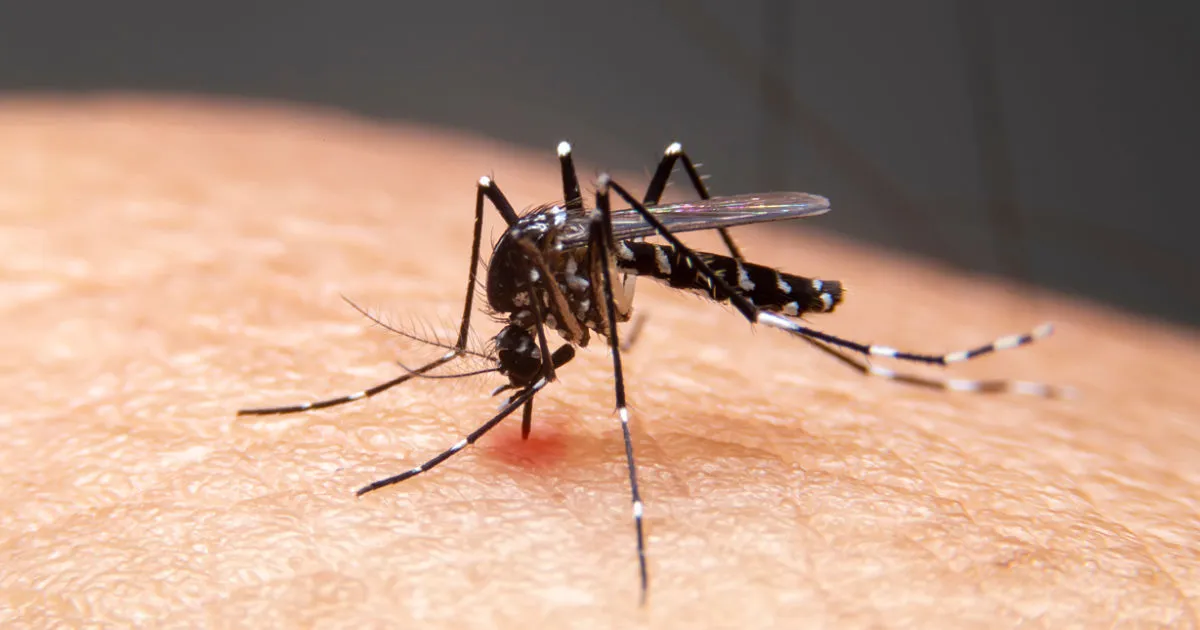
What are Australian mosquitoes?
Australia boasts a rich variety of over 300 mosquito species. Among them, the most common are Aedes vigilax, Culex annulirostris, and Anopheles farauti.
Aedes vigilax
These mosquitoes can be found throughout the country and pose a significant public health concern due to their ability to spread diseases. Aedes vigilax, also known as the salt marsh mosquito, is the largest mosquito species in Australia, with some individuals reaching up to 18mm in length.
They reproduce in coastal regions and have the capability to travel up to 20km from their breeding grounds. This species is known for its painful bites that can leave itchy welts on the skin.
| Characteristic | Information |
|---|---|
| Scientific name | Aedes vigilax |
| Common name | Asian tiger mosquito |
| Habitat | Urban and suburban areas |
| Feeding habits | Human blood |
| Disease transmission | Dengue, chikungunya, Zika |
| Appearance | Yellow and black striped mosquito with white legs |
| Size | 1/2 to 5/8 inch long |
| Lifespan | 2-4 weeks |
| Peak biting hours | Dawn and dusk |
| Prevention | Use insect repellent, wear long sleeves and pants, and stay indoors during peak mosquito hours |
Culex annulirostris
Culex annulirostris is another prevalent species found throughout Australia. It breeds in freshwater environments such as ponds and wetlands and is responsible for transmitting West Nile virus, Murray River encephalitis virus, and other viral diseases.
This mosquito has a distinctive ring pattern on its proboscis (mouthpart), making it easily identifiable.
| Characteristic | Information |
|---|---|
| Scientific name | Culex annulirostris |
| Common name | Common house mosquito |
| Habitat | Urban and rural areas |
| Feeding habits | Human blood, bird blood |
| Disease transmission | Ross River virus, Barmah Forest virus, Japanese encephalitis |
| Appearance | Brown mosquito with pale bands on the legs and proboscis |
| Size | 1/4 to 3/8 inch long |
| Lifespan | 1-2 months |
| Peak biting hours | Dusk and dawn |
| Prevention | Use insect repellent, wear long sleeves and pants, and stay indoors during peak mosquito hours |
Anopheles farauti
Anopheles farauti is a malaria-carrying mosquito that breeds in coastal areas of northern Australia and Papua New Guinea.
Its larvae inhabit brackish water habitats such as mangrove swamps and estuaries. This species poses a significant threat to public health due to its ability to transmit malaria parasites.
| Characteristic | Information |
|---|---|
| Scientific name | Anopheles farauti |
| Common name | Southern buffalo mosquito |
| Habitat | Wetlands |
| Feeding habits | Cattle blood |
| Disease transmission | Malaria |
| Appearance | Dark brown mosquito with pale scales on the body and legs |
| Size | 1/2 to 3/4 inch long |
| Lifespan | 2-4 weeks |
| Peak biting hours | Dusk and dawn |
| Prevention | Use insect repellent, wear long sleeves and pants, and stay indoors during peak mosquito hours |
Overall, mosquitoes are widespread throughout Australia and pose a risk of transmitting various diseases. Preventative measures such as wearing long sleeves and pants, using mozzie repellent or netting when outdoors or sleeping at night can help reduce exposure to bites from these disease-carrying insects.
| Mosquito Species | Common Name | Habitat | Feeding Habits | Disease Transmission |
|---|---|---|---|---|
| Aedes aegypti | Yellow fever mosquito | Urban areas | Human blood | Yellow fever, dengue, chikungunya |
| Aedes notoscriptus | Saltmarsh mosquito | Coastal areas | Human blood | Ross River virus, Barmah Forest virus |
| Aedes vigilax | Asian tiger mosquito | Urban areas | Human blood | Dengue, chikungunya, Zika |
| Culex annulirostris | Common house mosquito | Urban and rural areas | Human blood, bird blood | Ross River virus, Barmah Forest virus |
| Culex sitiens | Brown mosquito | Rural areas | Human blood, bird blood | Murray Valley encephalitis |
| Anopheles farauti | Southern buffalo mosquito | Wetlands | Cattle blood | Malaria |
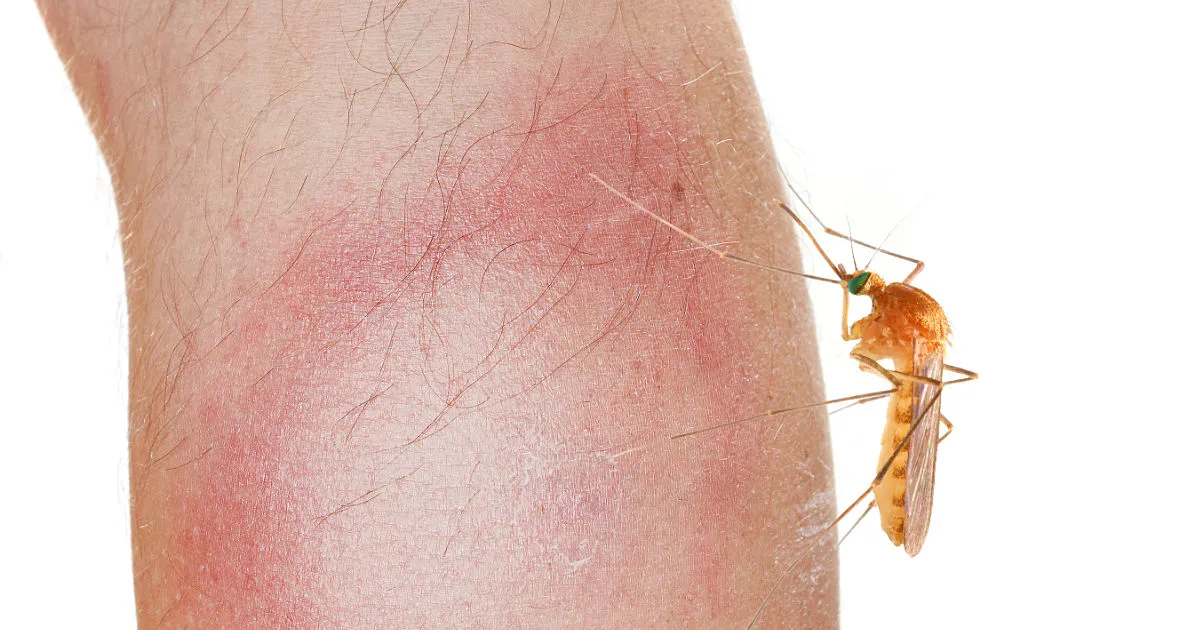
What are the signs and symptoms of mosquito bites?
Mosquito bites are a common occurrence in Australia, especially during the warmer months. The bites are caused by female mosquitoes that need blood to nourish their eggs.
The signs and symptoms of mosquito bites depend on the individual and can range from mild to severe. The most common symptom of a mosquito bite is itchiness.
The bite site may also appear red, swollen, and raised. In some cases, small blisters may also develop around the area.
These symptoms usually last for a few days before disappearing. For some people, mosquito bites can cause more severe symptoms such as fever or an allergic reaction known as anaphylaxis.
This is more commonly seen in individuals who have previously been bitten by mosquitoes or have underlying allergies. It’s essential to take note of any unusual symptoms after being bitten by a mosquito and seek medical attention if necessary.
Mosquitoes are known to transmit diseases such as dengue fever, Ross River virus disease, and Barmah Forest virus disease in Australia. To prevent mosquito bites, it’s recommended to wear long-sleeved shirts and long pants while outdoors, apply insect repellant containing DEET or Picaridin to exposed skin areas and use bed nets while sleeping in infested areas.
| Sign or Symptom | Description |
|---|---|
| Itching | The most common symptom of a mosquito bite is itching. The itching can be mild or severe, and it may last for a few hours or days. |
| Redness | The area around the bite may become red and swollen. This is caused by the body’s immune system reacting to the mosquito’s saliva. |
| Pain | Some people experience pain at the site of the bite. The pain is usually mild and goes away on its own. |
| Blisters | In some cases, blisters may form at the site of the bite. These blisters are usually harmless and will go away on their own. |
| Infection | If the bite becomes infected, it may become red, swollen, and painful. There may also be pus or drainage from the bite. |
| Allergic reaction | Some people have an allergic reaction to mosquito bites. Symptoms of an allergic reaction can include hives, swelling, difficulty breathing, and shock. |
| Disease transmission | Some mosquitoes can transmit diseases, such as malaria, dengue fever, and Zika virus. If you are bitten by a mosquito and develop any of these symptoms, it is important to seek medical attention. |

How to prevent mosquito bites
Preventing mosquito bites is crucial when living in Australia, where various mosquito-borne diseases are prevalent.
Mosquitoes are no match for these 5 simple tricks!
- Dress for success. Mosquitoes are attracted to dark colors, so wearing light-colored, long-sleeved shirts and pants can help keep them at bay.
- Spray yourself with something nice. Apply an insect repellent that contains DEET, picaridin, or oil of lemon eucalyptus to keep mosquitoes from biting you.
- Screen your windows. Mosquitoes can’t get through screens, so install them on your windows and doors to keep your home mosquito-free.
- Drain the swamp. Mosquitoes lay their eggs in standing water, so make sure to drain any standing water around your home, such as in bird baths, flowerpots, and old tires.
- Turn off the lights. Mosquitoes are attracted to light, so avoid using bright outdoor lights at night.
Follow these simple tips and you’ll be mozzie-free all summer long!
Using yellow LED lights instead of white light outdoors can attract fewer mosquitoes. By following these preventative measures, you can significantly reduce your chances of getting bitten by mosquitoes and potentially contracting diseases from mosquitoes in Australia like Ross River virus or Barmah Forest virus.
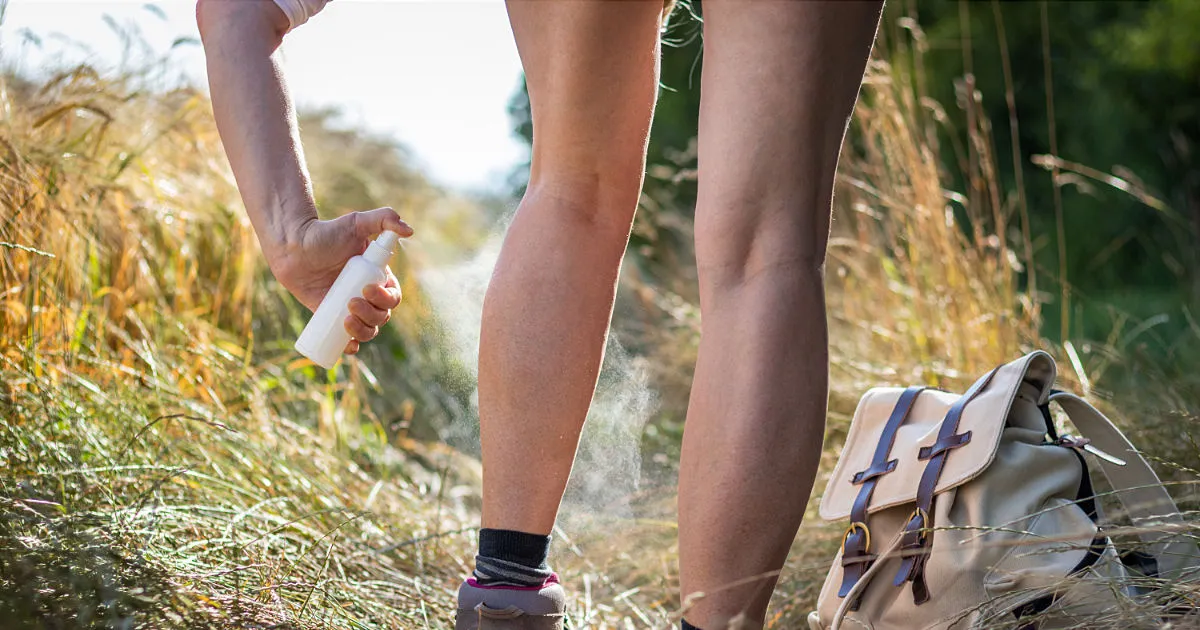
How do you attract mosquitoes?
Mosquitoes can be quite pesky and annoying, but they are also fascinating creatures. They have highly developed senses that enable them to locate potential hosts from a distance.
One way to attract mosquitoes is by wearing dark clothing since mosquitoes are attracted to dark colours. Additionally, the carbon dioxide that we exhale attracts mosquitoes as they use it to locate their prey.
When we sweat, we release heat and moisture which also attract mosquitoes. Mosquitoes also love the scent of perfumes, soaps and lotions, especially those with floral fragrances.
Wearing light-coloured clothing will also make you less attractive to mosquitoes as they tend to prefer darker colours because they absorb more heat. Using mosquito nets while sleeping or when spending time outdoors is another effective way of preventing mosquito bites in areas where there is a high risk of mosquito-borne diseases in Australia.
Additionally, keeping your surroundings clean and free of standing water will help reduce the number of breeding sites for these insects. By minimising our own attractiveness to mosquitoes while taking steps to minimise their presence around us, we can enjoy the great outdoors without having to worry about getting bitten by these pesky insects!
| Factor | How to Avoid |
|---|---|
| Body odor | Wear light-colored clothing, use deodorant, and avoid sweating excessively. |
| Body heat | Stay cool by drinking plenty of fluids, wearing loose-fitting clothing, and avoiding strenuous activity. |
| Blood type | There is no way to change your blood type, but you can avoid mosquito bites by following other prevention tips. |
| Clothing | Wear light-colored clothing, long sleeves, and pants. |
| Perfumes and colognes | Avoid using perfumes and colognes that contain chemicals that mosquitoes are attracted to. |
| Breath | Breathe through your nose and avoid breathing heavily. |
| Location | Avoid areas where mosquitoes are common, especially during peak mosquito hours (dusk and dawn). |
| Standing water | Drain any standing water around your home, such as in bird baths, flowerpots, and old tires. |
| Insect repellent | Apply insect repellent to exposed skin, and reapply it as directed. |
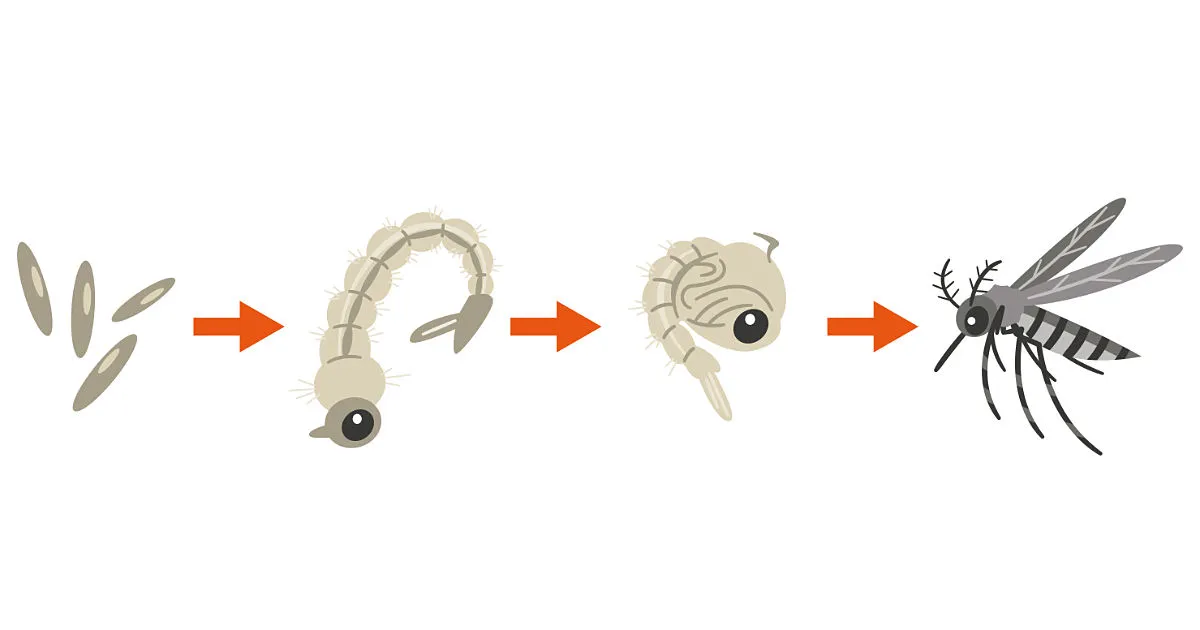
Where do mosquitoes come from?
Mosquitoes are found in almost every part of the world, including Australia. These pesky and disease-carrying insects have been around for millions of years, evolving to adapt to various environments.
But where do they come from? Female mosquitoes lay their eggs in standing water, such as swamps, ponds, and even puddles.
They can lay up to 200 eggs at a time and can produce multiple batches during their lifetime. The eggs hatch into larvae within a few days, which then feed on algae and other microorganisms present in the water.
As the larvae develop into pupae, they become more active and move towards the surface of the water. After a few days of metamorphosis inside the pupa case, adult mosquitoes emerge from the water and take flight into people’s homes or nearby breeding sites.
Mosquitoes are attracted to areas with high humidity levels or nearby human activity. In Australia specifically, there are over 300 species of mosquitoes present across different regions.
Some types are found only in specific areas while others are widespread throughout the country. Mosquitoes thrive in warm weather conditions but can also survive during colder months.
| Stage | Description |
|---|---|
| Eggs | Mosquitoes lay their eggs in standing water. The eggs can hatch into larvae in as little as a few days. |
| Larvae | The larvae live in the water and feed on algae and other small organisms. They develop into pupae in about a week. |
| Pupae | The pupae are non-feeding stages that develop into adults in about 2-3 days. |
| Adults | Adult mosquitoes are the only stage that bites humans and other animals. They live for about 1-2 weeks. |
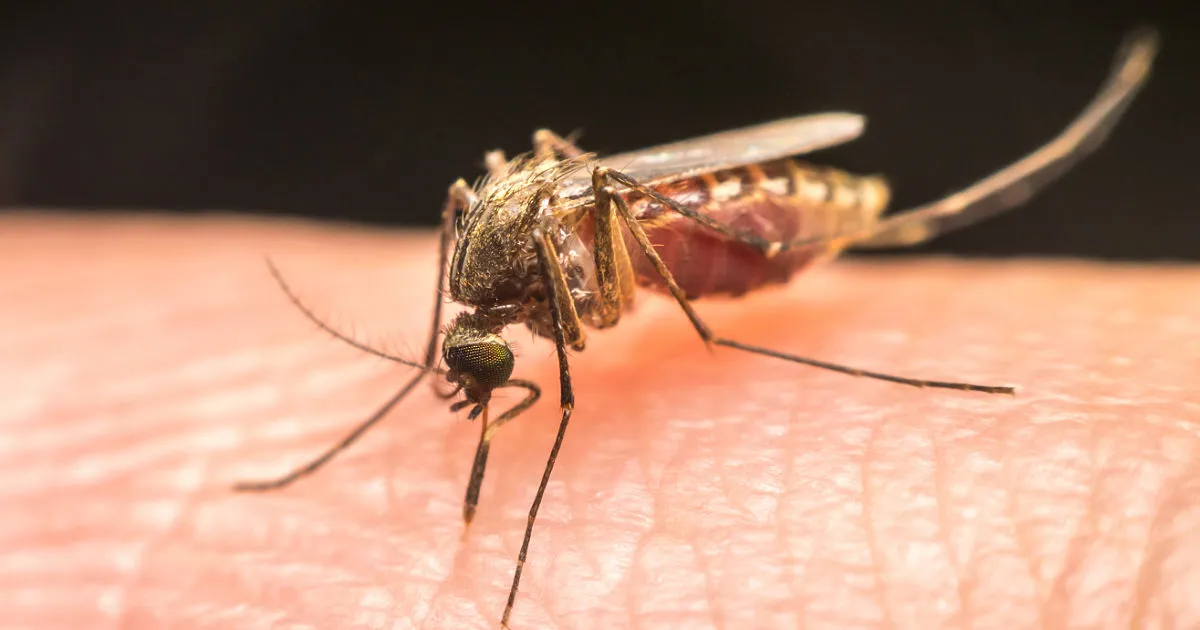
How Many Eggs Do Mosquitoes Lay?
Mosquitoes are known to be prolific reproducers, and their breeding habits can quickly lead to population booms. Female mosquitoes typically lay their eggs on the surface of stagnant water, where they hatch into larvae a few days later. One female egg-laying mosquito can lay up to 300 eggs at a time.
However, some species of mosquitoes can lay more than 1000 eggs in their lifetime. The number of eggs laid by mosquitoes varies according to different factors such as temperature, humidity, and availability of food sources.
In warm and humid climates like Australia’s tropical regions, mosquitoes breed at an alarming rate, with each female laying multiple batches of eggs. It takes approximately two weeks for mosquito larvae to mature into adult mosquitoes ready to bite.
With each generation producing hundreds more mosquitoes, populations can quickly reach critical mass if left unchecked. Understanding the breeding patterns of mosquitoes is crucial in managing mosquito-borne diseases in Australia effectively.
Local health departments actively monitor mosquito populations and work to reduce them through measures such as removing standing water sources and applying larvicide treatments. Although it may be challenging to completely eradicate the presence of mosquitos in Australia, taking precautions such as using mozzie repellent or sleeping under a mosquito net can significantly reduce the risk of getting bitten by them.
Controlling a mosquito infestation
The issue of mosquito infestation is a significant problem for numerous Australian households. Mosquitoes not only cause irritating bites, but they can also transmit various diseases such as dengue fever, the Ross River virus, and Murray Valley encephalitis.
Ridapest Termite and Pest Control can provide expert solutions to help you tackle these infestations effectively. They will guide you in pinpointing mosquito breeding sites, which typically include stagnant water bodies. It’s crucial to either regularly refresh these water sources or eliminate them entirely to disrupt the mosquito lifecycle.
Physical barriers like screens and nets are one useful approach to manage mosquito infestations. Having screens installed on windows and doors can bar mosquitoes from entering your home while still ensuring adequate ventilation.
Using mosquito nets over beds is a tried-and-true method of safeguarding individuals during sleep. For a more natural approach, consider introducing plants that naturally repel mosquitoes such as lemon balm, citronella, and lavender to your home environment. These plants emit volatile oils that effectively discourage mosquitoes.
Ridapest Termite and Pest Control uses innovative methods such as Thermal Fogging and ULV (Ultra Low Volume) misting. Thermal Fogging, which involves creating a thick cloud of oil-based smoke infused with a pyrethrum-based product, is especially effective for rapidly controlling active insect populations. ULV treatments, which involve applying minuscule amounts of product to foliage and other insect-prone areas, can offer up to three months of residual effects.
Of course, personal precautions remain crucial, particularly when outside during periods of high mosquito activity or in regions with prevalent mosquito-borne diseases like the Far North. Wearing long-sleeved clothes and using mosquito repellent can reduce the likelihood of bites.
In the long term, regular maintenance, such as keeping vegetation trimmed, lawns mowed, trash bins sealed, and ensuring no water collects around your property, can help prevent further infestations. Ridapest Termite and Pest Control offers a comprehensive approach, combining proactive measures to curb mosquito reproduction with personal protection methods, effectively mitigating the risks posed by these insects.
Stay Ahead with Cairns Pest Insights:
- 🛏️ Ready for restful nights? Dive into our guide to Australian Bed Bugs and learn how to reclaim your sleep sanctuary. Say goodbye to those unwanted bedfellows in Cairns!
- 🐜 Curious about advanced pest control methods? Explore Integrating Pest Management and Precision Pest Management to unlock the power of precision in tackling Cairns’ pest challenges.
Frequently Asked Questions
What is the name given to mosquitoes in Australia?
They are simply called mosquitoes, or “mozzies” in informal speech.
Which mosquito species is commonly found in Australia?
The most commonly found mosquito species in Australia is Aedes vigilax, also known as the saltmarsh mosquito.
What types of mosquitoes are prevalent in Australia, particularly the larger ones?
In Australia, the larger mosquito species include Aedes notoscriptus (the common banded mosquito), Culex annulirostris (the common banded mosquito), and Coquillettidia linealis (the saltwater mosquito), among others.
Is there an issue with mosquitoes in Australia?
Mosquitoes can be a significant issue in Australia, particularly in areas with high humidity and suitable breeding grounds, leading to nuisance biting and potential transmission of mosquito-borne diseases.
At what point should I be concerned about being bitten by a mosquito in Australia?
There is no specific threshold for concern about mosquito bites in Australia, but it is generally advisable to take precautions against mosquito bites, such as using repellents and wearing protective clothing, particularly in areas where mosquito-borne diseases are present or during peak mosquito activity times, such as dusk and dawn.
Do mosquitoes in Australia transmit malaria?
While there are mosquitoes capable of carrying malaria in Australia, the disease is not endemic or widespread in the country. Malaria transmission in Australia is extremely rare, and the majority of malaria cases reported in the country are travel-related or imported cases.

Or Mathias
Passionate owner of Ridapest Termite & Pest Control in Cairns, Australia, leveraging over five years of industry experience to provide pet and family-friendly pest control solutions. Known for his dedication to customer satisfaction and environmental safety, Or has grown Ridapest into a leading service, setting new standards in pest control while keeping homes and businesses safe.
